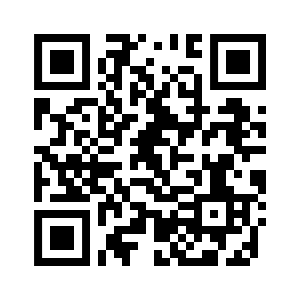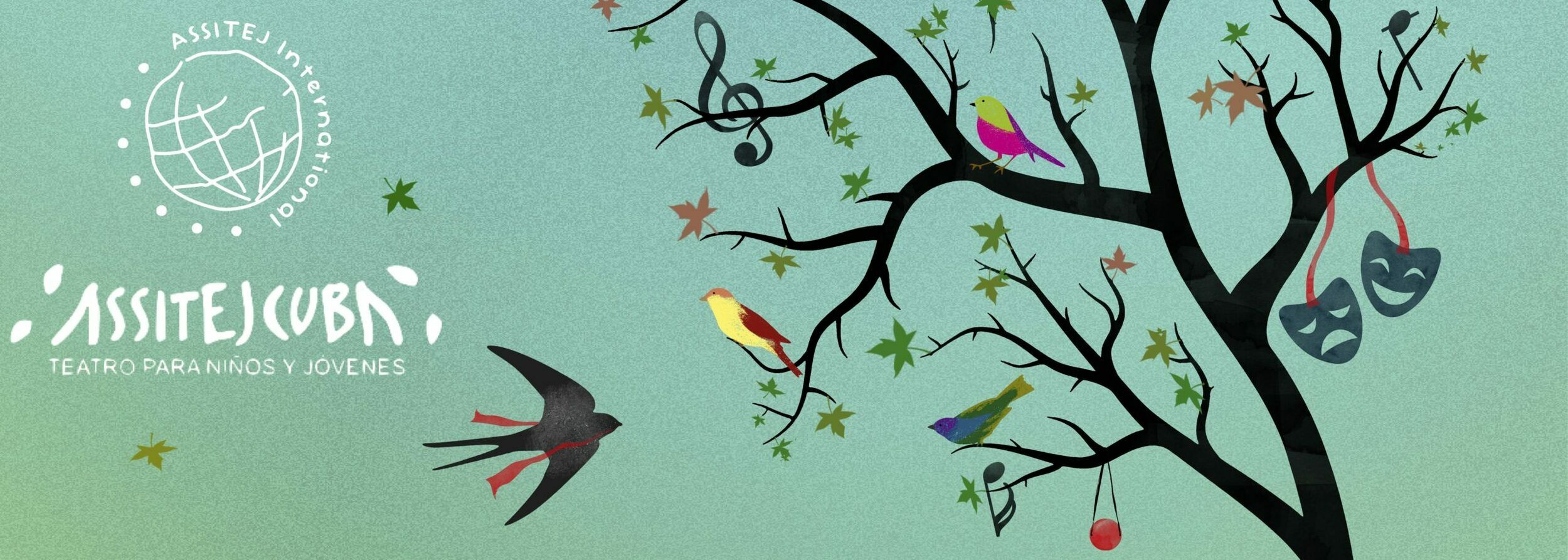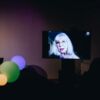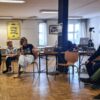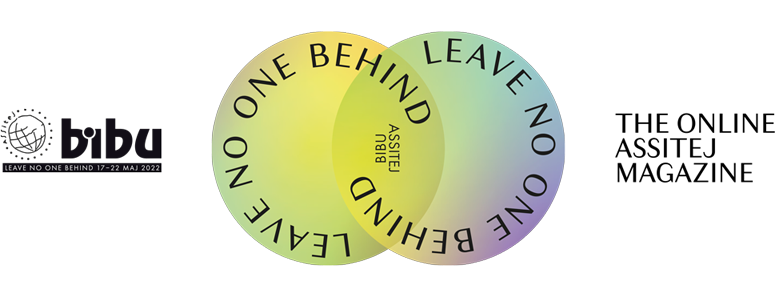By Caleb Lee
(Research Associate, IIAN and Rose Bruford College TYA Centre) and Nishna Mehta (Champions Project Lead, IIAN and Project Manager, IIAN Making Waves)
A Report on Inclusive Performing Arts for Young Audiences
Initiated by the International Inclusive Arts Network
Hosted by Aprilfestival
Supported by ASSITEJ Denmark, Perform Europe, Glad Teater, ASSITEJ International
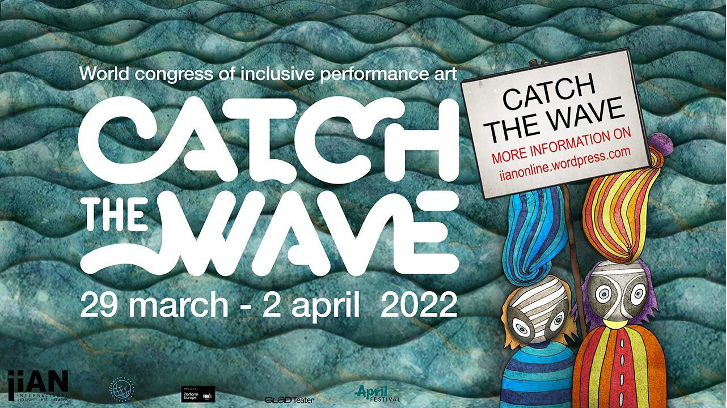
Introduction
This report presents some of the findings of Catch the Wave – the first World Congress of Inclusive Performing Arts for children and young people, organised by the International Inclusive Arts Network (IIAN) and Aprilfestival. Building on the TYA-UK commissioned report Inclusive Theatre for Young Audiences[1] written by Danny Bravermana decade ago, it continues to explore the intersections of performance, young people and inclusion. The impulse of this study arose from the increasing concerns surrounding children’s cultural lives and mental health, alongside IIAN’s broader vision to ensure that ‘great art is accessible to everyone’[2]. As Braverman rightly observed, inclusion is often a ‘marginal concern’, but once the conversation is ignited, then ‘curiosity is often piqued’[3]. This report suggests that inclusive practices, equality, representation, dignity and diversity within the arts for children and young people sector are taking on new significance in this third decade of the twenty-first century context.
Hybrid Programming: widening access for multicultural audiences
The festival programmes were varied and offered the delegates and audiences a wide range of performances, symposiums and workshops. Importantly, the live-streaming of the congress enabled a wider engagement on an international level, with delegates participating from China, India, Australia, Spain and South Africa.
In times when international travel is still uncertain, hybrid programming also meant that delegates and artists could participate in the congress without having to worry about logistical and financial barriers (e.g. visas, immigration, quarantine, etc). This became an opportunity for artists who might not have had the privilege to participate previously, which in turn, added a new dynamic to the programming. Resultantly, the expertise ranged from playwriting to programming and outreach for inclusive performing arts festivals. Remote working also enabled disabled artists from Hijinx Theatre, Wales and Mind the Gap, England to be in the same room – albeit virtually – with the delegates present in Denmark, without having to worry about additional access needs.
It is worth noting that besides the ‘Inclusivity in Practice: A playwright’s perspective’ session that focused on Mumbai-based theatre company Akvarious Productions, there was little evidence of any other artists from the global majority contributing to this major international congress, or that audiences from this community had been considered at all. A similar observation was also made of the ‘Film Marathon of Inclusive Works’. While the selected works were undeniably creative and thought-provoking, they were all from organisations in the United Kingdom (i.e. Mind the Gap, Polka Theatre, SAVVY Theatre and Barrowland Ballet). What might be worth considering is to include narratives from other parts of the world which in return, would make the event less eurocentric, encouraging deeper engagement and connecting meaningfully with other cultures through the arts. There was, however, positive feedback from those who attended and a commitment to diversify and expand future programmes.
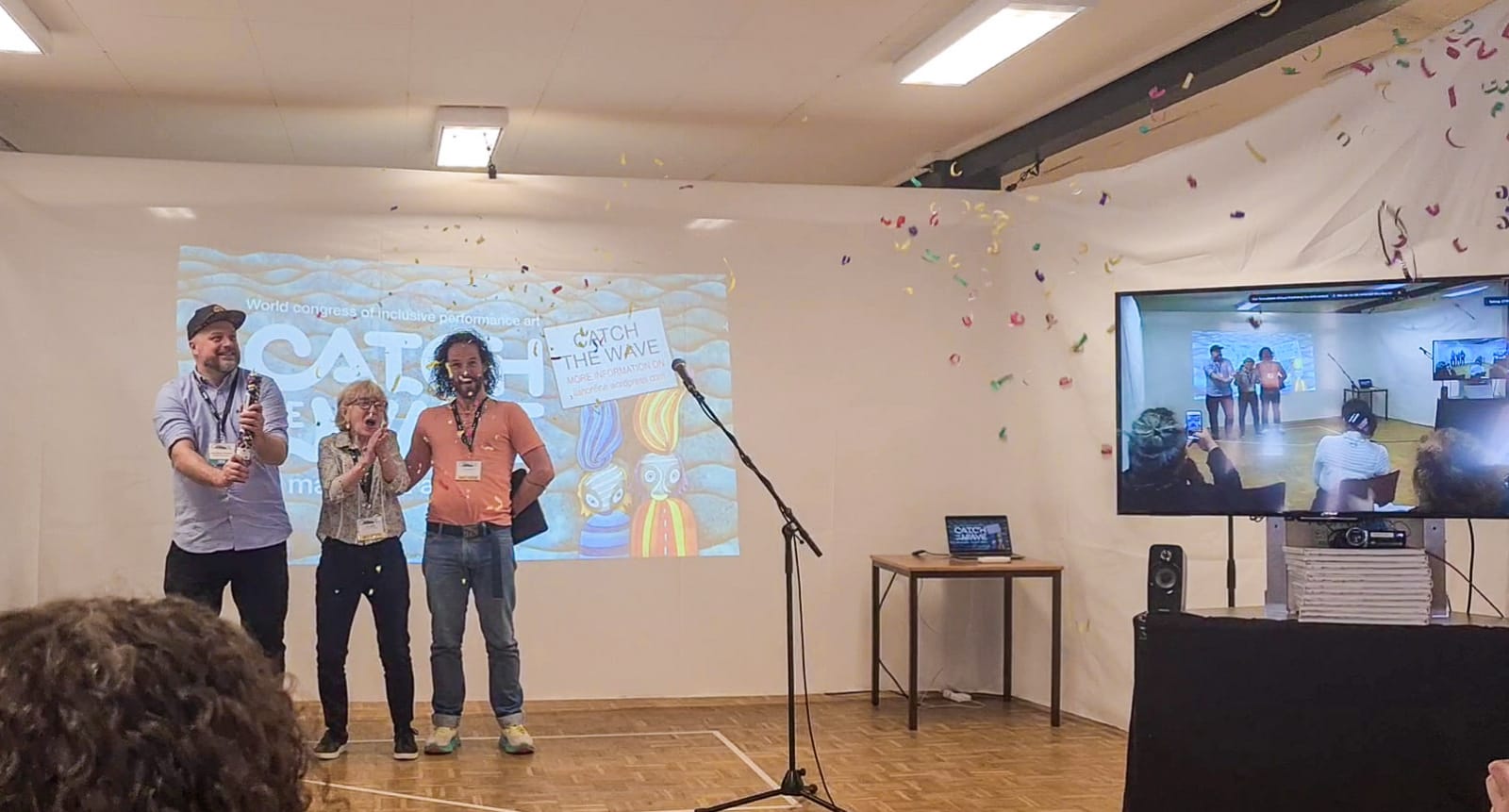
Rethinking Audiences
Throughout the five-day festival, it has been illuminating to see how TYA is no longer just limited to the stage or informed by commercialism. Rather, its aesthetic practices have also started to orientate towards social engagement and active cultural participation. Crucially, this is beginning to redefine children’s relationship with professional theatre. Referencing the production of Playful Tiger, Barrowland Ballet’s Artistic Director Natasha Gilmore explains that ‘audiences and performers are treated as equal’ in the creating development. Placing the audience in an active role means acknowledging that their immediate response plays a vital role in shaping the overall aesthetic and experience and recognises that the value of the performance lies in the creative exchange. Gilmore goes on to explain that it is crucial that children ‘take the lead’. Working collaboratively as creative partners, she states, often results in a collective response that can help ‘build meaningful relationships’.
The idea of interdependence, interrelation and interactivity between the audience and performer is also echoed by Sharon Gavrielov and Or Alterman Barnea of Safe Place – an organisation in
Israel promoting and creating relaxed[4] and sensory culture and arts events for neurodiverse children[5]. Inspired by the work of sensory theatre company, Oily Cart[6], they introduced a methodology to the participants that can help create sensory work for children on the Autism Spectrum. Through a facilitated workshop, they suggested using different materials and altering our lens to look through the multisensory prism that might offer a good match for the possibility of considering people with profound intellectual and multiple disabilities. This reflexive approach, according to them, takes into account the interrelated nature of the senses that can provide creative impetus and depth, offering new ways to move beyond traditional ways of working in the theatre. However, one of the workshop participants rightly notes, this process might sometimes be too overwhelming. Perhaps, the challenge here is to find a constructive balance between the joys and excitement of the unexpected and the limits of participatory consent.
Observations and Reflections: Working with artists with disabilities
Placing children and young people at the heart of theatre-making has been a central debate in TYA, and this festival brought about a greater awareness of working with performers and audiences with disabilities; with performances by Mind the Gap, England and Glad Teater, Denmark – two leading/long-running ensembles of performers with disabilities.
Below are some observations and reflections:
I really enjoyed it and was excited to see how wisely and how attentively and sensitively the performance is structured so that the actors with neurodiversity can feel comfortable. – Birute Baneviciute, Artistic Director and Choreographer, Dansema Dance Theater on Stormen: The Rumble, Glad Teater.
Probably the first time I hear that there is a school or academy where they train neurodiverse actors and even that the company acts as a manager for those actors. I appreciate and applaud such initiatives. – Birute Baneviciute, Artistic Director and Choreographer, Dansema Dance Theater on Who we are and what we do: Hijinx Theatre.
It was a very interesting experience and also made me think about language. What is language? That sign language is also, dance is also a language. It is non-verbal language; it is not a language with…sound…how to say…? So, I felt some kind of relation to sign language. – Birute Baneviciute, Artistic Director and Choreographer, Dansema Dance Theater on Sign language on stage by Aurelien Mancino
There is a significant potential to develop new modes of collaboration through dialogue, and for theatre practices to address some of the concerns in the sector. The idea “nothing about us without us” was demonstrated through the practices shared during the congress, encouraging allies and future inclusive arts practitioners to approach artists who are the experts of their own situation and develop practices in collaboration with them. This can enable us to reframe what fairness looks like, unlock innovative approaches for the unknown future and empower artists and children in new ways.

Allies: Practices and Relationships
Over the last decade, disabled artists (e.g. Daryl Beaton Productions, Graeae Theatre Company, Glad Teater, amongst others) have responded to stereotyped representations of disability and shone a spotlight on those misconceptions on stage, developing their own distinct creative methodologies and aesthetics. Alongside this, the part non-disabled artists can play in supporting these disabled artists to achieve their ambitions has been the subject of debate throughout this period. Though historically associated with queer politics, the terms ‘ally’ and ‘allyship’ have increasingly found their way into the wider discourse on inclusion. Across the creative industries, being an ally is broadly defined as recognising and using one’s ‘power and privilege to support people of colour and other marginalised groups’[7].
Catch the Wave saw various ways in which allies can make a difference for inclusive practice and audiences:
- As an organisation: Aprilfestival has been an ally for inclusive arts practices, providing IIAN with the space to introduce and discuss different practices and principles. As a step forward, the organisation has remained committed to including more relaxed performances in future festivals.
- As educators: The teachers who accompanied Blind, partially sighted and neurodiverse children to watch World Without Eyes – an interactive dance performance – have expressed that they ‘would like to know how [they] can book shows in the future for [their] students’.[8] This suggests how educators can take on a more active role when deciding the types of performances children watch. This in return can offer useful conversations in which children are able to make more meaningful connections between art and the world they live in.
- As artists/producers: Ginni Manning, Board Member of IIAN and Write Local Play Global, asserts that it is important to ‘consider inclusivity from the beginning of the creative process’. She states that it is valuable for playwrights – as artists traditionally centred on dialogues – to consider how non-verbal performances allow us to understand how we can change the world of the audience and bring this into the building of narratives; perhaps as part of a devising process. This, according to her, was reflected well in the World Without Eyes performance through the interactions between performers, audience and their environments.
Disability should be considered an important perspective in the artwork, and recognise that disabled individuals have more to give than their disability. The artists and producers at Catch the Wave (e.g. Safe Place, Dansema, Polka Theatre) through their works, have demonstrated opportunities in which both disabled and non-disabled artists and audiences can experience and produce art from a wider perspective. While there is still work to be done, the programmes and conversations in the festival have shown how creative work can guide future developments.
Allies can play a crucial role in changing fixed structures in organisations that exclude disabled artists and be a valuable voice, support or resource to them. However, more attention, sensitivity and care needs to be given to ensure positive and sustainable change on the experience of practice, for the artists and the sector. The examples above illustrate how allies can operate on relationships of trust, shared goals and generate spill-over benefits for people and communities. They can co-design and co-deliver interventions, and challenge received ways of thinking about some of the significant challenges about inclusivity that society faces today.
Moving Forward: The Next Wave
It is not our aim to provide a comprehensive list of practices and performances that has emerged from Catch the Wave. However, what is worth highlighting is that artists and producers are recognising the importance of inclusivity, and are finding creative, nuanced and sustainable ways to ensure that it is the heartbeat of their work. While some of these practices have started to blur the lines between theatre for, by and with children, it nonetheless reflects an expanding field that is committed to engaging and empowering children and young people. Whether it is experimenting with different artistic forms, exploring challenging themes or creating work that promotes social cohesion, it raises some questions about what it means to play, think and live creatively in a changing world. Of course, some projects that set out to be inclusive and artistically engaging have sometimes missed the mark. But like any other artistic endeavours, taking risks, improvising and figuring things out along the way is part of the process. As cultural anthropologists Elizabeth Hallam and Tim Ingold argue, creativity is ‘always in the making’.[9] Part of the success of creating works that are genuinely inclusive therefore lies in having conversations and finding ways that can encourage the exchange of skills, stories, and ideas across different communities, artists and partners.
For IIAN (and Catch the Wave) to be the leading network on inclusive practices and to transform its ethos into reality, more can and needs to be done. The programmes at the congress only represent a part of the creative efforts of IIAN, and there are lots of ways for the network to grow and reach new audiences. How can IIAN continue to build on this momentum? Here are some achievable plans and actions that emerged from closing session at the congress:
- Be aware of the voices in the room and include more voices from the global majority and less privileged cultures for all future activities (e.g. panels, workshops, performances): Theatres must be bolder about programming and presenting narratives that are less visible and audible in societies.
- Widen the lens through which inclusion is viewed; not ignoring other reasons for exclusion while maintaining the focus on disability.
- Work with artists and allies to make foyer spaces and the theatres more welcoming and less excluding. This might invite children to participate in and contribute to the space in exciting and meaningful ways.
- Organise pop-up ‘Catch the Wave’ events, symposiums partnering with festivals across the world: Encourage and stimulate conversations in the sector and industries about the implicit messages included in performances and their potential impact
- “Start today, at the closing of this edition of the festival for the next opening”[10] Creating inclusive performances for a diverse audience requires engagement from the start of the process. It is equally important to assure that it is indeed a safe space for the audience and consider the logistical needs and experience of the carers as well.
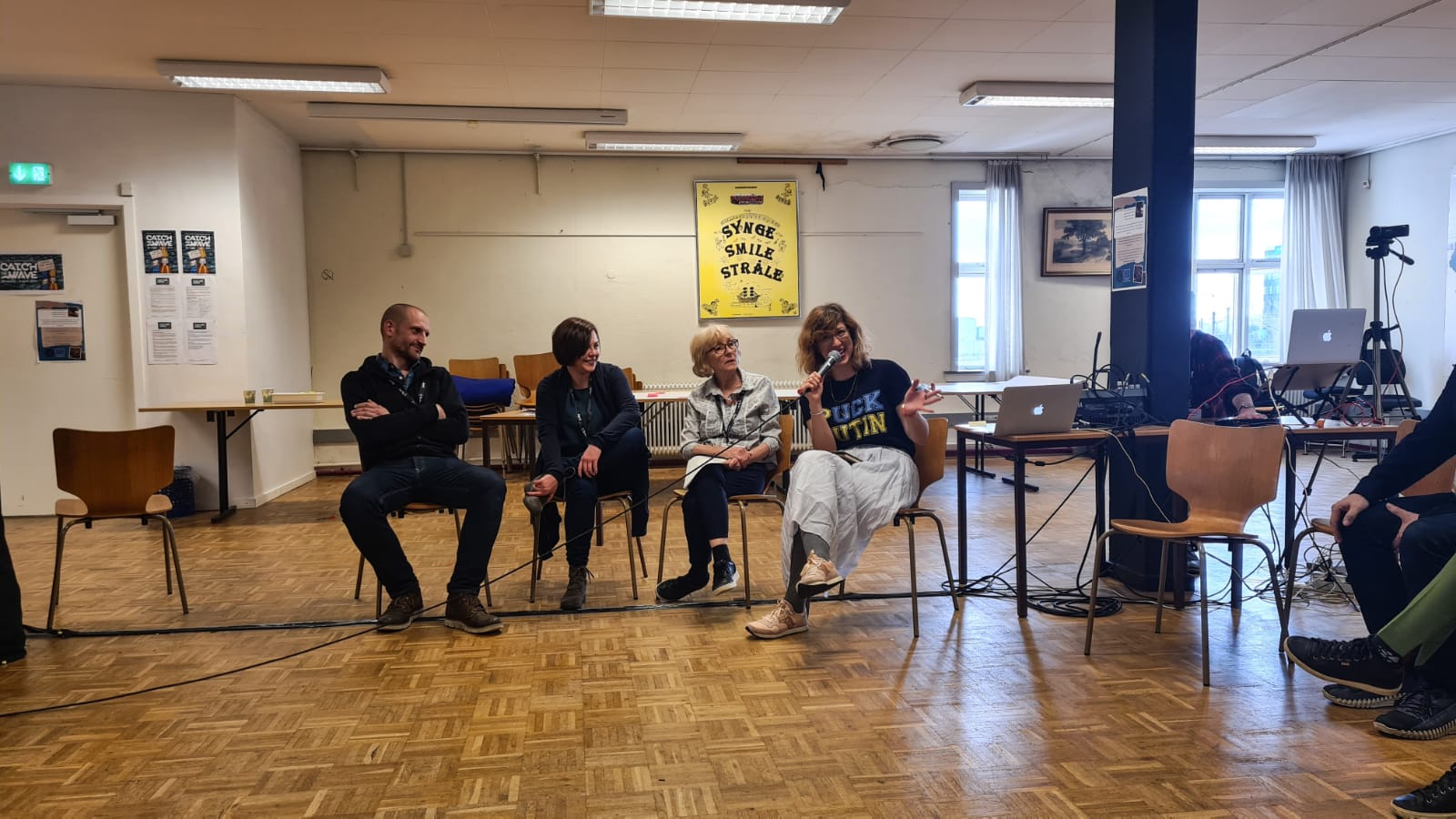
The art and culture connect us like nothing else and the pandemic has reminded us that inclusion matters now more than ever. There are, inevitably, as many questions as there are answers. Moving forward, the challenge is to preserve what we have and create a culture of inclusivity, ensuring that the arts are by all, and for all. We hope this report will challenge assumptions and spark robust and meaningful conversations about inclusion and the arts. These recommendations are a modest attempt to push the boundaries of inclusion and represent a small ripple of IIAN’s wider ambition. IIAN holds a valuable position on a global level to lead this field and help others break away from fixed mindsets, fire up the imagination, embrace conversations and foster artistic exchanges. The late Sir Ken Robinson, who writes about creating a better future for all of us, advocates, ‘the changes we urgently need are rooted in every individual’s right to live an evolved and fulfilled life, and in the importance of cultivating civic responsibility and respect for others’.[11] It is our hope that this report can encourage deeper connections and learning from one another as the field continues to unfold and evolve.
Who We Are
The International Inclusive Arts Network (IIAN) is an online community for people who are interested in creating, learning or programming inclusive work for young audiences. We’re here to shine a light on this area of excellence and we encourage people to share their thoughts, views and, most importantly, their work under the expansive umbrella of Inclusive Arts for young people.
For more information, please visit: www.iianonline.wordpress.com
Further Readings
Braverman, D. (2012). Inclusive Theatre for Young Audiences. UK: TYA UK Centre of ASSITEJ. See: https://tya-uk.org/wp-content/uploads/2018/11/TYA-Report_Final-2012.pdf
Diversity Arts Australia & The British Council. (2020). Creative Equity Toolkit. See: https://creativeequitytoolkit.org/topic/anti-racism/be-an-ally/
Fox, A. & Macpherson, H. (2015). Inclusive Arts Practice and Research: A Critical Manifesto. UK: Routledge
Hallam, E. & Ingold, T. (2007) Creativity and Cultural Improvisation. UK: Routledge
Portoles, J.B. (2016). Culture and Disability: Policies and Practices in Asia and Europe. Singapore: Asia Europe Foundation. See:https://asef.org/wp-content/uploads/2020/10/FA_CD_Inside_161201_lowres.pdf
Robinson, K & Robinson, K. (2022) Imagine If…: creating a future for all of us. UK: Penguin Books.
[1] See Danny Braverman’s report ‘Inclusive Theatre for Young Audiences’ (2012) <https://tya-uk.org/wp-content/uploads/2018/11/TYA-Report_Final-2012.pdf>, Accessed 4 April 2022
[2] See the International Inclusive Network <https://iianonline.wordpress.com>, Accessed 4 April 2022
[3] See above
[4] Relaxed performances are shows that have been adapted to suit people who might require a more relaxed environment when going to the theatre. These are usually adults or children with learning difficulties, autism, or sensory communication disorder. See Access Notes <https://catchthewave.assitejonline.org/catch-the-wave-access-notes-2/>, Accessed 5 April 2022
[5] See Safe Place <https://safeplacefest.org/en/about/>, Accessed 5 April 2022
[6] See Sensory Theatre (Oily Cart) <https://oilycart.org.uk/about/>, Accessed 5 April 2022
[7] See Creative Equity Toolkit <https://creativeequitytoolkit.org/topic/anti-racism/be-an-ally/>, Accessed 6 April 2022
[8] Feedback form.
[9] Elizabeth Hallam and Tim Ingold. Creativity and Cultural Improvisation (UK: Routledge, 2007). p. 3
[10] See congress Padlet: <https://padlet.com/assistentgladteater/c2s1uf2miwbp8j35>, Accessed 5 April 2022
[11] Ken Robinson and Kate Robinson. Imagine If…:creating a future for all of us. (UK: Penguin Books, 2022) p.112
